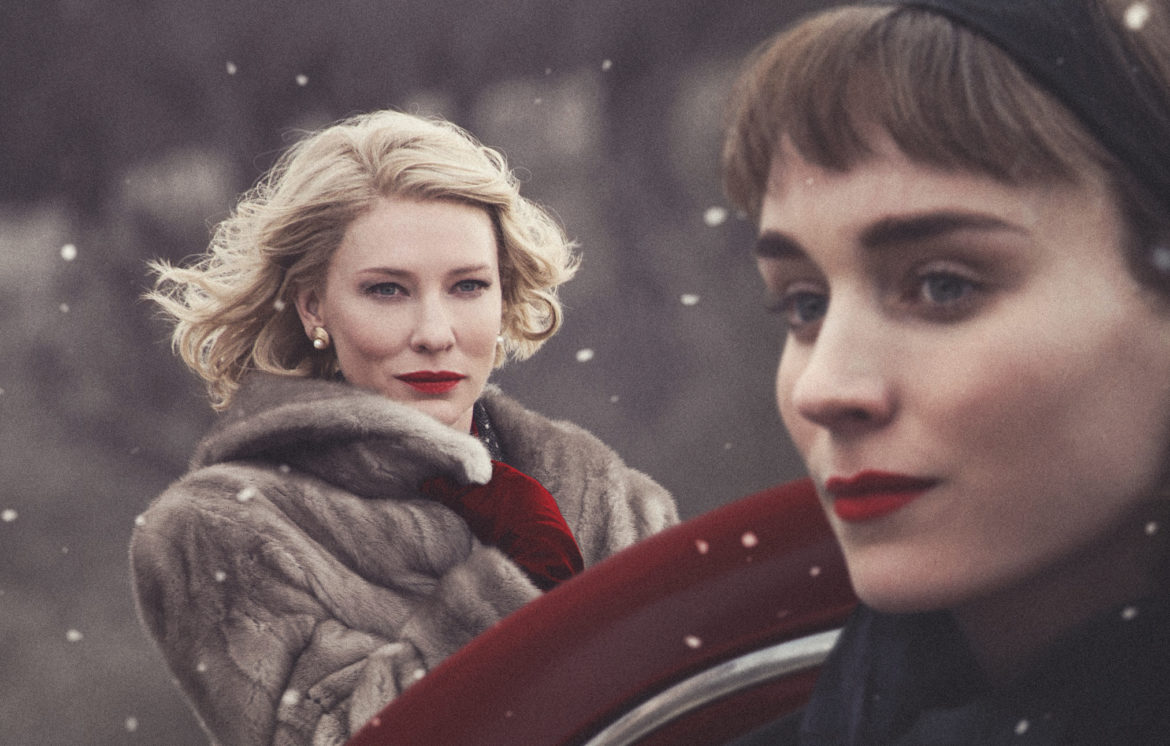When Atlanta rapper B.o.B. released his contemptible / ridiculous Neal deGrasse Tyson diss track “Flatline” earlier this week – in which he manages to tie together Flat Earth theories, Lizard People conspiracies, Holocaust denial, and a healthy dollop of “Protocol of the Elders of Zion”-inspired anti-Semitism into one shitty, shitty package – the internet erupted.
Other
Netflix’s recommendations have long been a source of amusement and morbid curiosity, deploying complex algorithms (or possibly just straight-up sales pitches) to come to unlikely conclusions about your personal preferences.
Did you enjoy the “cerebral, imaginative” World of Tomorrow? Why not check out its obvious spiritual prequel … Stanley Kubrick’s The Shining!
It’s been a rough couple of weeks. After the shocking and seemingly sudden passing of David Bowie — one of our greatest, weirdest, and universally beloved artists — the great Alan Rickman went and died last Thursday. It’s a terrible loss.
Winter on Fire: Ukraine’s Fight For Freedom, the Netflix original just nominated for a best documentary Oscar last week, has two inescapable problems.
First, because the filmmakers are largely embedded with the Ukrainian resistance in 2013 and 2014 – and, understandably, because they want a narrative of heroic revolution that audiences can cheer – the film never really strays from a single set of viewpoints and experiences.
Don Hertzfeldt is a magician. Beginning with basic elements – rudimentary stick figures and bemused, detached commentary on modern life – he constructs elaborate universes. Their small details become invested with meaning and heartbreak, and the intentionally simple becomes endlessly complex.
Part of an ongoing effort to watch a set of films from non-White, non-U.S., non-male, and/or non-straight filmmakers and depart a little from the Western canon. The intro and full list can be found here.
The narrative of “The Dancing Girl of Izu” is apparently a familiar one in Japan.
In The Nightmare (2015), Room 237 director Rodney Ascher updates his enjoyable 2012 portrait of a handful of people with some … colorful interpretations of Stanley Kubrick’s The Shining, mapping similar themes onto an entirely different, much scarier vision.
The earlier film allowed ample, hilarious space for these Kubrick obsessives to present their wildly improbable visions of his true intent, but at the same time it served as an examination of the ways in which meaning is created.
There are many ways to approach science-fiction narratives, but one of the best has always been to create a lived-in world, filled with strange events and logic that often go unremarked upon by the characters. That’s always been part of the charm of the original Star Wars trilogy, for instance – you didn’t need to know what, exactly, a “nerf herder” or a “gundark” is, or where Ord Mantell is located, to get the points being conveyed.
At the end of 2015, The Hateful 8 barnstormed across select theaters, a whirlwind, even prior to its release, of debate. Positions were staked well in advance, and much of it came down to rather esoteric arguments about 70 mm projection and the future of film.
With Carol, Todd Haynes cements his place as his generation’s Douglas Sirk, the master of decorous, ravishing melodramas focused on the plights of women, their interior lives manifesting in heightened visual splendor and the weight of the world pressing them down.










